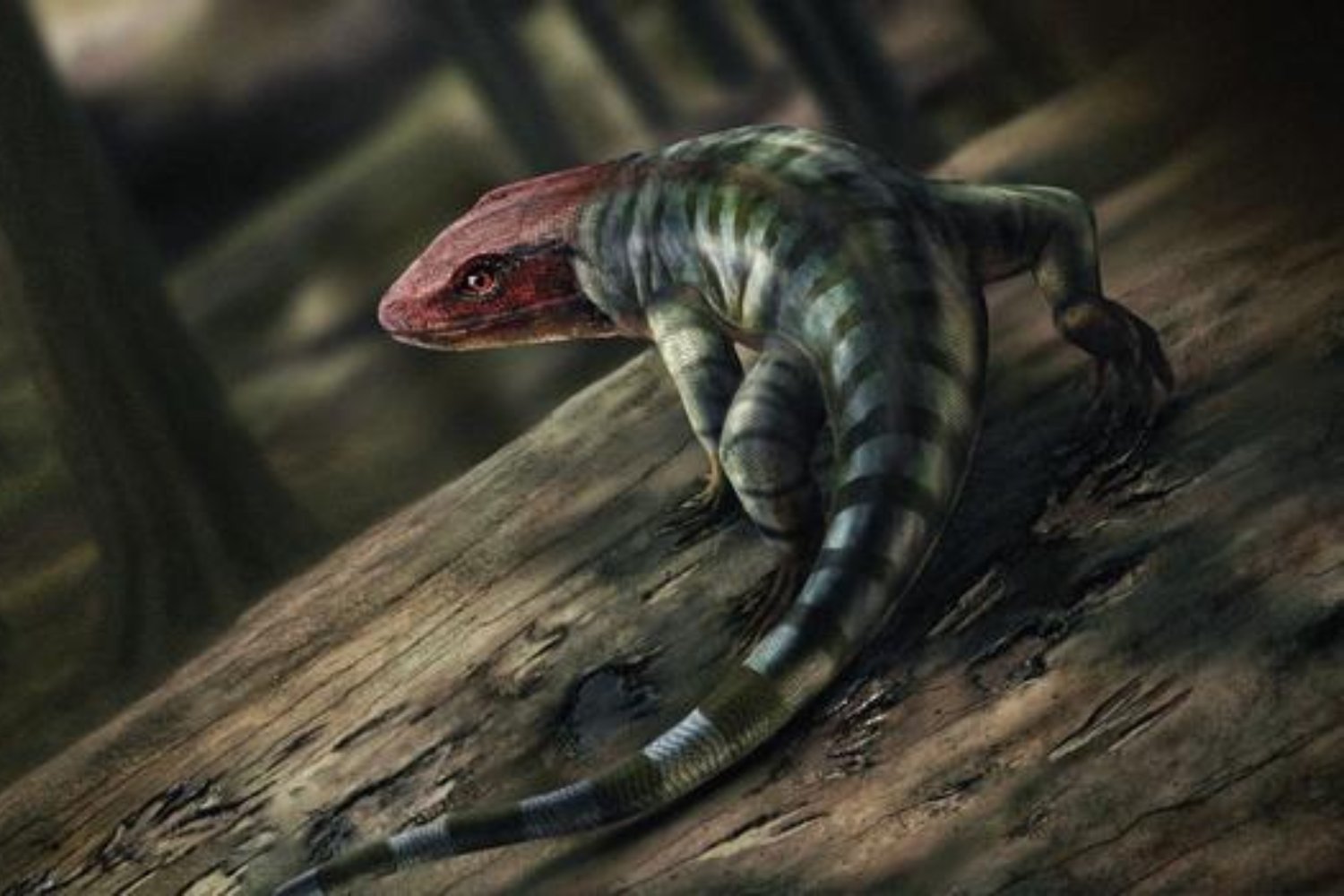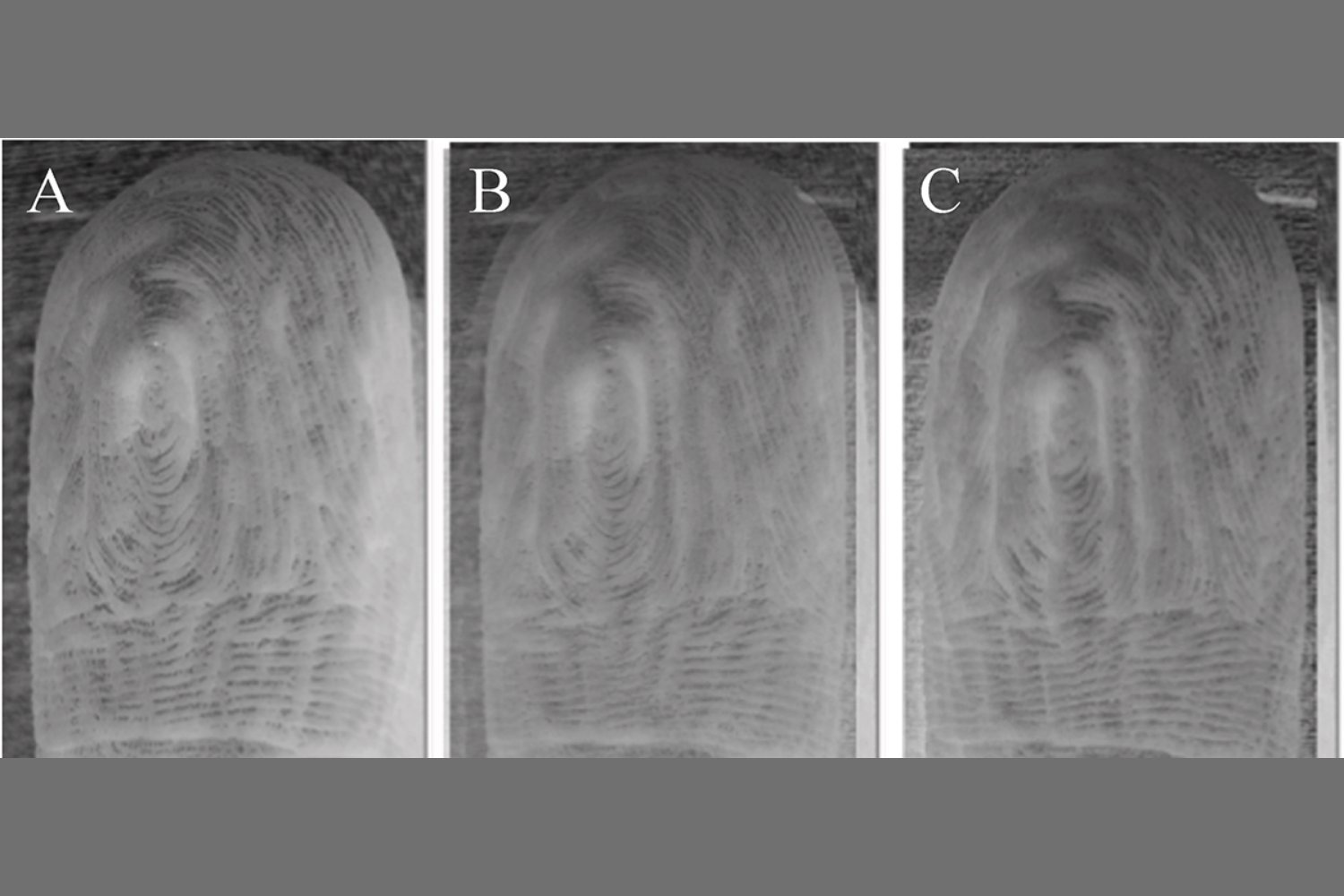The evolutionary journey of four-limbed animals, or tetrapods, was once considered a relatively simple progression: fish ventured onto land during the Devonian period, adapted, and eventually diversified into the reptiles, birds, and mammals we know today. A recently discovered sandstone slab from southeastern Australia, dating back approximately 355 million years, challenges this established narrative. This remarkable find, made by two amateur paleontologists, preserves a set of footprints featuring distinct long toes and claw marks, representing the oldest evidence of clawed tetrapods ever found.
This discovery significantly impacts our understanding of tetrapod evolution, pushing back the timeline for a crucial part of the tetrapod family tree—specifically, the branches below the reptile-mammal split (also known as the amniote crown-group node). While scientists generally agree that tetrapods originated in the Devonian, these early creatures were thought to be fish-like and only beginning their terrestrial adaptation. The new fossil evidence, detailed in a Nature study, suggests a more complex evolutionary history.
Per Ahlberg, lead author of the study and a researcher at Uppsala University, explains that the presence of reptiles at the beginning of the Carboniferous period, as indicated by the Australian trackways, contradicts the previous understanding of early tetrapod evolution. The conventional view held that early tetrapods were fish-like creatures, only gradually adapting to life on land. The discovery of reptilian footprints so early in the fossil record challenges this notion. Co-author Grzegorz Niedźwiedzki, also a researcher at Uppsala University, expressed his initial surprise upon examining the specimen, quickly recognizing the unmistakable claw marks.
The presence of claws is a crucial detail, marking a key characteristic of early amniotes—the group encompassing reptiles, birds, and mammals. Other tetrapods, such as early amphibians and “fishapods” like Tiktaalik, lacked claws. This suggests the track-maker was likely a primitive reptile, existing much earlier than previously thought. This discovery challenges the idea that Tiktaalik and similar “fishapods” were direct tetrapod ancestors. In fact, they lived long after the earliest tetrapods. Ahlberg notes that Tiktaalik might have been roughly contemporary with the tetrapod crown-group node.
This discovery effectively pushes back the emergence of reptiles, and subsequently the evolutionary line leading to humans, by approximately 35 million years. It also implies that the divergence between amniotes and amphibians occurred even earlier. By combining DNA-based family trees with fossil dates, the research team estimates that the crown-group node likely existed in the Devonian period, coinciding with Tiktaalik. This suggests that advanced tetrapods were already present while Tiktaalik was still adapting to terrestrial life.
The fossil slab represents the entire known fossil record of tetrapods from the earliest Carboniferous period of Gondwana—the ancient supercontinent that included Africa, South America, Antarctica, Australia, and India. This raises intriguing questions about the diversity of life present in Gondwana during that period. The research team emphasizes the need for further fieldwork in Australia and other regions to uncover more evidence of early amniotes in Gondwana. While additional footprints would be valuable, the discovery of body fossils would provide even more significant insights.
This discovery highlights the constantly evolving nature of scientific understanding and underscores the importance of ongoing research in paleontology. The unexpected find of these ancient footprints has reshaped our understanding of early tetrapod evolution, opening new avenues for exploration and discovery. The quest for more fossils promises to further illuminate the mysteries of early life on Earth.











